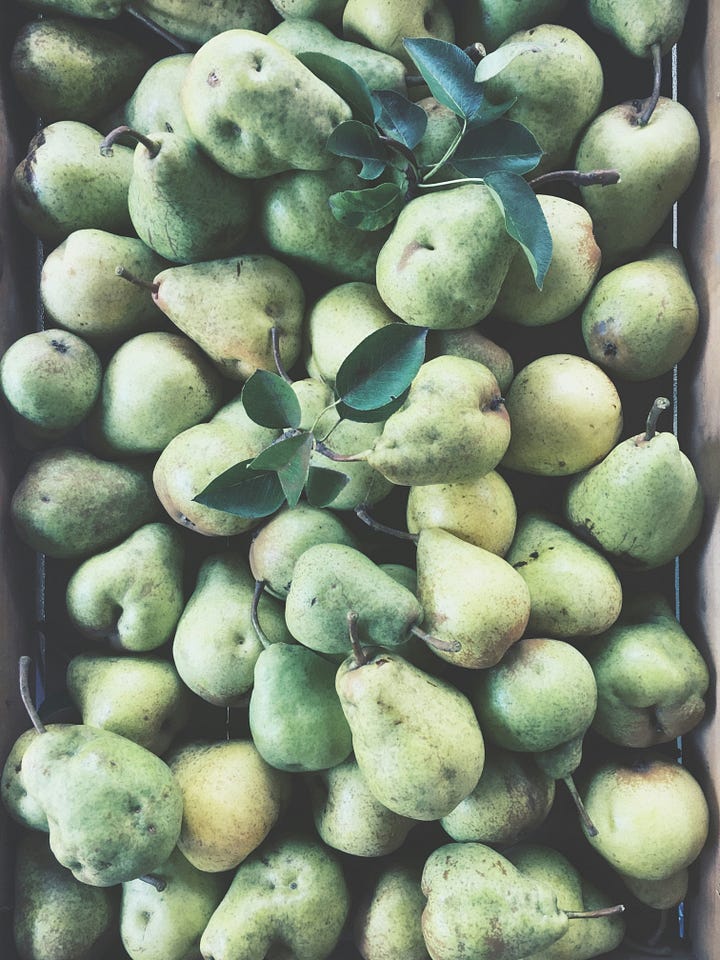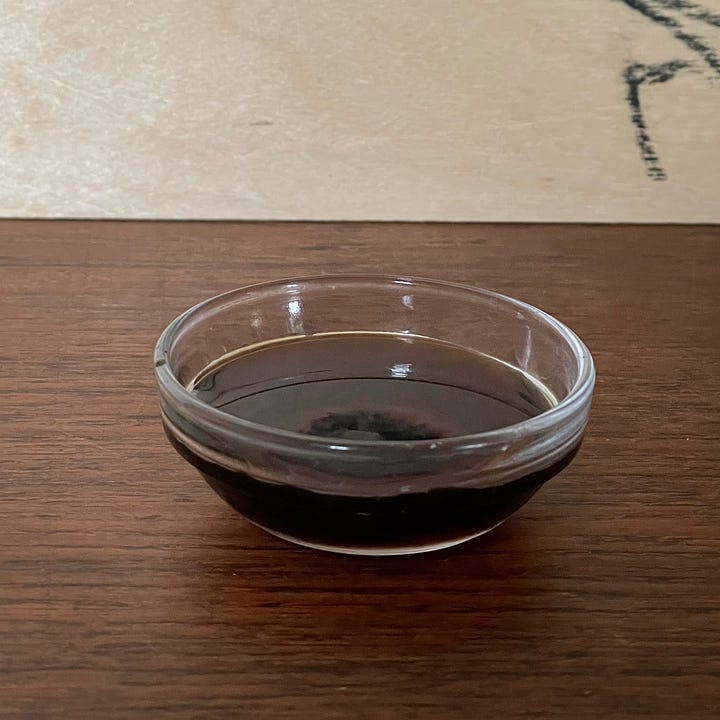THE IMAGE of two trigrams: below the Lake, above Water. Water filling a lake. Water in a bowl or a bottle: it is the liquid that seamlessly assumes the shape of the enclosure. Water within an embankment: that which from itself has no cohesion is held together by a boundary. The boundary of the lake also determines how much water it can contain, it determines the limit. Without limitation control is not possible. Water above, Lake below: the picture of control and concentration.
In Deng Ming-Dao's I Ching translation, the title for this chapter is Regulation. Regulation requires an opposing force in addition to the ability to contain. Chapter 59. Dispersion describes this in detail. No one can avoid to regularly striking the balance between discipline and scattering, between limitation and free association, between concentration and dilution.
Finding the right tone - when tuning a guitar or piano, in an athlete's competition preparation, when tensioning car tyres - requires a dynamic balance between the two forces. Focusing on one or the other for long periods of time inevitably leads to over-concentration or lack of focus and fading away.
You can hardly imagine it, but there was once a world where intense sweetness was a rarity. All sweetness came in mild shades. The woeful sweetness of barley porridge and rye bread. The earthy sweetness of beetroot and carrots. The bitter foaming sweetness of beer. The first sweet of breast milk. The sour sweet of berries. The fatty sweetness of cow's milk and butter. Yes, there was also the overwhelming sweetness of honey, but there was only a limited amount of it, so that sweetness was not for everyone.
In distant India, a process had been developed to boil the juice from a cane into small, intensely sweet crystals. Arab traders ensured the spread of the concentrated commodity to the Middle East, and the Crusaders brought the 'sweet salt' to the late medieval Europe. Sugar and sugar craving would help shape the course of history from then on. And when sugar appeared on the table and in the kitchen, the range of delicate natural sweetness would soon be drowned out.
Oh yes, apple butter and pear butter (perenstroop) are also very intensely sweet ánd they were around before granulated sugar appeared on the scene.
It starts with the standard pear tree in front of our house. It hasn't been pruned for years, but still hangs full of little hard pears every autumn. They look insubstantial and do not resemble the thick juicy Conferences or Doyenné du Comices from the supermarket. Sink your teeth into such a pear, it takes some getting used to, quite different from the ripe flesh of a Triomphe de Vienne. They are sweet, but also slightly sour and slightly tart and wild, and they have a stiff skin. Nobody seems interested in them, and that makes them still hanging in the old tree in early October. Birds visit to peck at them and when the time comes, they fall into the grass, discolour, ferment, rot and eventually dissolve back into the earth.
We define pear harvesting on a sunny Monday. A long ladder is scrounged up, and two picking sticks are borrowed, long sticks with a bag at the end to catch the fruit.


Had we picked the tree completely, the harvest would have been 100 kg. We are utmost satisfied with 80 kg. The smell of the pears, their velvet skin, the promise of their colour. Here lies the essence of the pear tree. Most of the pears have been taken to the kitchen, and the wheelbarrow is already almost empty again.
40 kg of flawless pears we save to eat later as fruit. The other 40 kg we cut into pieces. The juice press is growling and conjures 28 litres of juice.
Half of the juice goes into 14 litre bottles. The other 14 litres are transferred to a tall pan and the juice is boiled down for hours on a low heat. Remember to stir in due time so that the thickened juice does not crust to the bottom of the pan. The 14 litres of juice boils down to 2 litres of juice concentrate. Sweet, sweeter, cloyingly sweet.
Low heat and keep stirring occasionally over the bottom. The colour darkens, from amber to light brown to shiny black. The consistency becomes heavier. In the end, 1.5 litres of pear butter remains. The condensed essence of the pear tree.




What would it be like to thicken this pear butter even further, into pear-butter-concentrate? To keep for later, as a nest egg, saves a lot of space and transport costs. 20 kg of pears into 14 litres of juice, into 2 litres of pear juice concentrate, into 1.5 litres per pear butter, into one capsules of pear-butter-concentrate. One capsule contains 20 kg of pears. Handy to take with you on a future space journey.




Baking an apple or pear pie in a space station? Then read:
You are welcome to leave a comment or idea here in response to this post!











